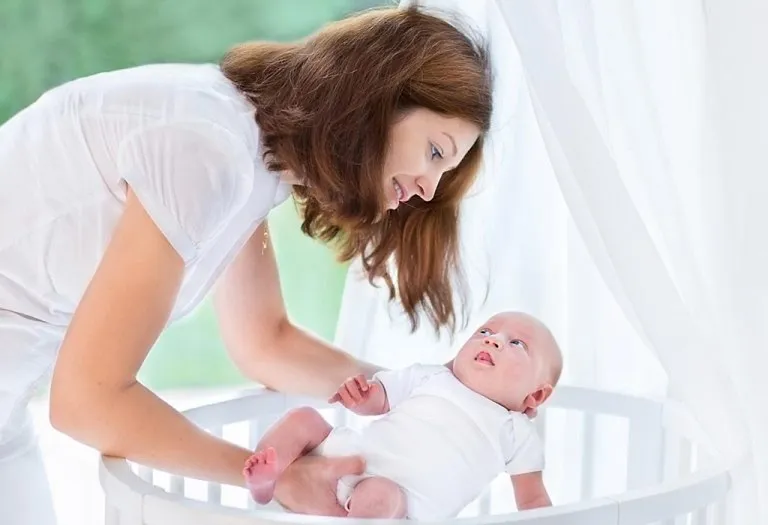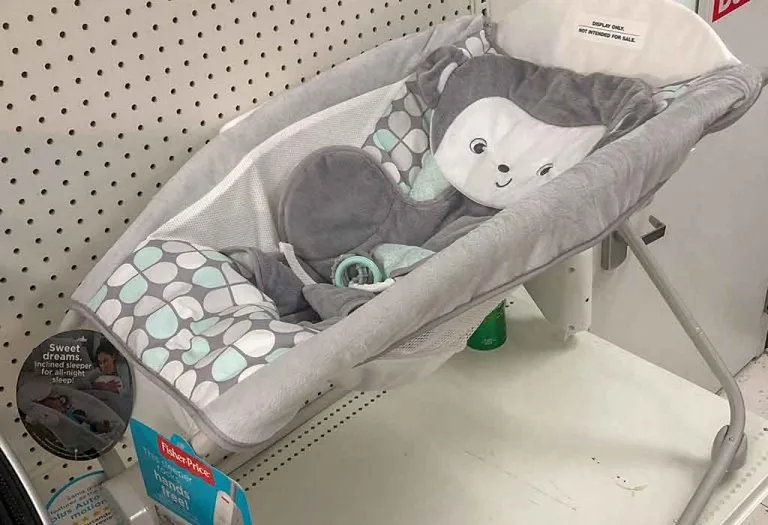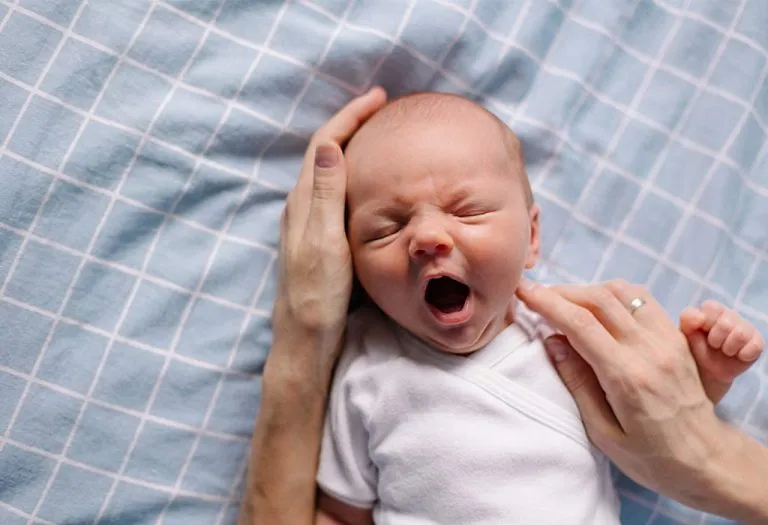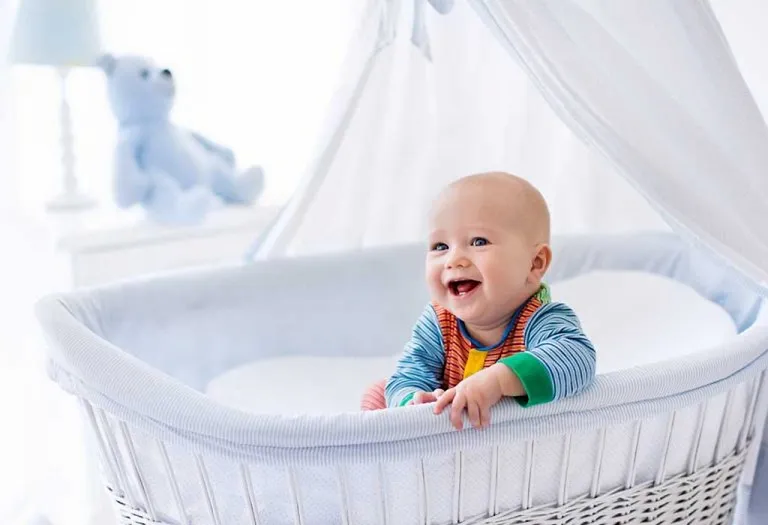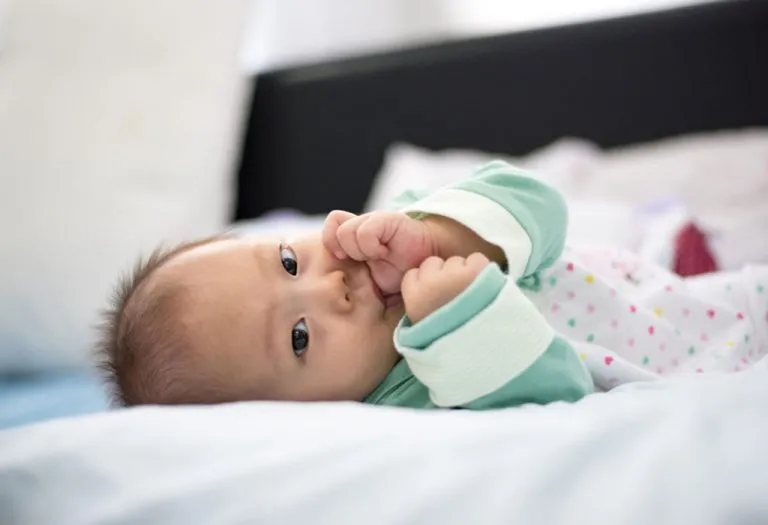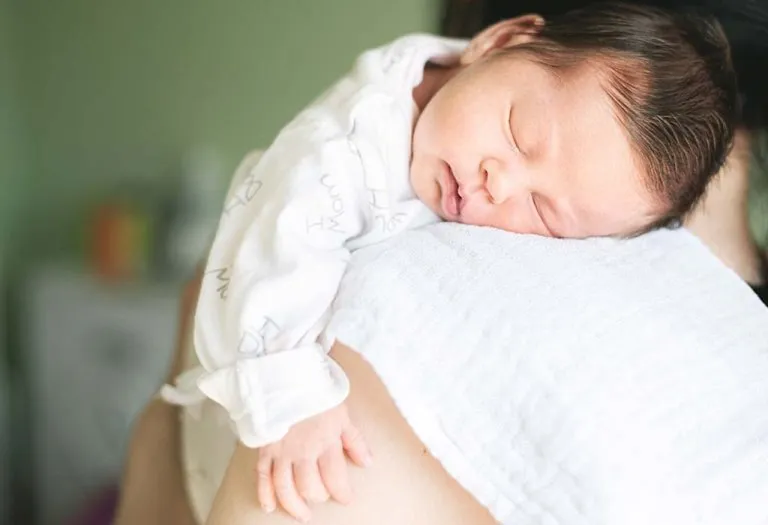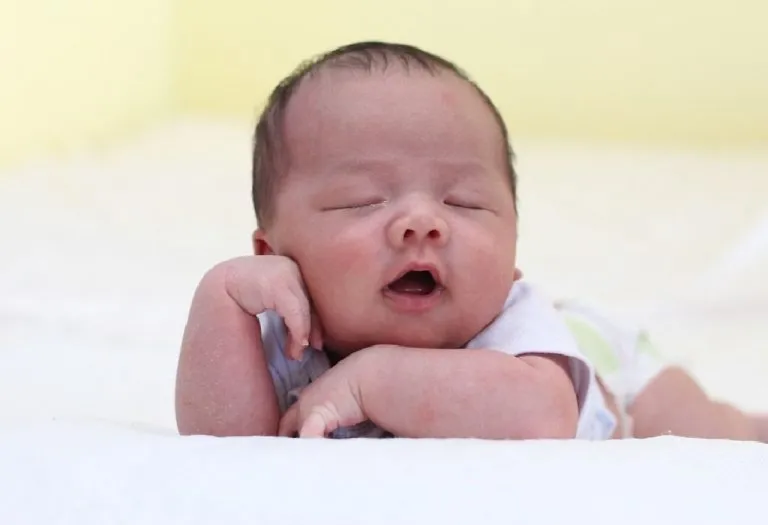How to Get Your Baby to Sleep in the Crib: 6 Simple Tips for Parents
Your little one loves to fall asleep in your arms when you feed them or when you take them in a car seat. But the moment you put your baby in the crib, they may start crying and throwing tantrums. Training your baby to sleep separately in the crib can be a challenging task, as your baby might cry excessively on being separated from you, and you may give in and take him in your arms to soothe him. While we understand that it may be hard for you as a parent to put your baby to sleep in a crib, you have to make him sleep in a crib someday or the other, and the sooner you do it, the easier it will be for you and for your baby. But, how to get a baby to sleep in a crib? Let’s understand that.
Now, if you are wondering how to get an infant to sleep in a crib, we have some ways in which you can make the transition to a crib easier for your baby. But before you learn how to put your baby to sleep in a crib, you must understand at what age your baby should start sleeping alone in a crib.
When Can Your Baby Start Sleeping in a Crib?
There is no direct answer to this question. It would very likely depend on how old your child is and also on how comfortable you are with him sleeping away from you.
You will probably be more worried than the baby when putting him to sleep separately. It is better to place his crib in your bedroom for the first few weeks or at least the first six months (1). It is never safe to let your baby sleep in your bed (2). This will help you understand his sleeping patterns, breathing noises, and hunger signals. All this will help you to monitor the baby when he is sleeping in a different room.
However, there are some parents who are comfortable with the baby sleeping in a separate room, only after a few months. If you are one of them, there is nothing to be worried about. If the baby’s sleeping pattern allows it, you can put the crib in a separate room. But make sure that you install monitoring devices to make sure that the baby is safe while sleeping in the crib. Also, look for your baby’s sleep cues, like eye rubbing, yawning, crying, fussiness, or turning away from you, to help you understand that it is time for their crib sleep (3). Put your baby to the crib when they are tired or sleepy but still awake (4).

6 Tips to Make an Infant Sleep in a Crib
Getting a newborn to sleep in the crib is possible and easy with good strategies. Here are 6 tips on how to put the baby to sleep in a crib:
- Start with naps: Of course, you will be worried while putting your baby to sleep in a crib. So, a better idea to start the transition to the crib would be with a few short naps. This will allow the baby to get familiar with the new surroundings.
- Make the baby’s crib a happy place: Put some toys in the baby’s crib during the day. It will make the crib a ‘fun’ and ‘safe’ environment in the baby’s mind. But you should do this during playtime and not at nap time.
- Read a book to your baby: The serenity of your voice can easily help your child to sleep peacefully in a new environment. Ensure that the book you choose is specifically for babies, and you read it in a calm and gentle way. Even though young kids won’t understand what you are reading, your soothing voice will definitely ease them into sleep.

- Give your baby a bath before putting them to bed: A bath before sleeping will ease your baby into sleep. However, if your baby is very active, the bath is only going to freshen him up. In this case, you should do it a bit earlier in the day and not before the bedtime routine.
- Feed your baby before bedtime: Make sure that your baby does not sleep on an empty stomach. You can give your baby some formula or breast milk before you put him to sleep. Make sure you don’t overfeed him as it might cause him discomfort.
- Create a bedtime routine: Sometimes, a sudden change in your daily routine induces stress. If you want to make the transition of your baby sleeping in a crib a smooth one, try to create a routine that he can understand when bedtime is coming. It will help him anticipate the crib and will not bring stress (5).
FAQs
1. Can a newborn baby sleep in a crib?
Yes, a newborn baby can sleep in a crib as per a parent’s decision. Make sure to discuss this with your paediatrician and follow the sleeping guidelines. Also, make sure that the crib quality meets the federal safety standards, the crib mattress should be firm, the crib should be free of pillows, blankets, stuffed toys, bumpers, or any other thing that could pose a risk of SIDS (6) (7). All these pose a risk of suffocation. There should not be any small objects in the crib, like small parts or toys or pins that babies could potentially swallow (8).
2. Is it safe to make the transition from co-sleeping to a crib?
Yes, it is perfectly safe to make the transition from co-sleeping to the crib. The comfort level of you and your baby is the most important factor that is to be considered if you want to make your baby sleep in a crib. You should definitely sleep with your baby until you are familiar with his sleeping patterns. The transition to the crib should happen slowly after you get used to all of his sleeping patterns.
It is best for the baby to sleep in a crib in your bedroom for about a year. He will probably adapt to the sleeping environment. After that, you can place the crib in a separate room.
Note: Don’t forget to install baby monitoring devices to keep a check on your newborn sleeping in the crib.
3. Why does my baby start crying when moved to a crib?
There may be many reasons why your baby starts crying at night when he is transitioned to the crib. Firstly, the baby refuses to sleep in a crib because he is not used to it. He is used to sleeping in your bed for months, and that’s where he feels comfortable. The new surroundings might seem new to the baby, and as a result, he cries.
Another major factor could be ‘you’. Most parents punish their babies by putting them in the crib when they fail to behave. This creates a perception in the baby’s mind that they have done something wrong, even when they are too young to understand. It could be one of the reasons why a baby may cry when you put him in the crib.
4. How much time will it take for my baby to get used to sleeping in a crib?
This can differ based on your child’s age, sleep patterns, and how consistently the crib is used. Some infants adapt immediately, whereas others may require several weeks.
Getting your baby to sleep in a crib should be done gradually so that the baby is comfortable with the new environment. You should also be aware of his sleeping pattern before you put the crib in a separate room.
References/Resources:
1. Government of Canada – Is Your Child Safe? Sleep Time
2. Cleveland Clinic – Sleep in Your Baby’s First Year
3. PubMed Central – Benefits of a bedtime routine in young children: Sleep, development, and beyond
4. American Academy of Pediatrics – Getting Your Baby to Sleep
5. MedlinePlus – Bedtime habits for infants and children
6. American Academy of Pediatrics – How to Keep Your Sleeping Baby Safe: AAP Policy Explained
8. American Academy of Pediatrics – Make Baby’s Room Safe: Parent Checklist
Also Read:
Baby Sleeps with Open Eyes
Bad Sleeping Habits of Baby
Sleep Training for Babies
Baby Sleeping Position – What Is Safe?
Was This Article Helpful?
Parenting is a huge responsibility, for you as a caregiver, but also for us as a parenting content platform. We understand that and take our responsibility of creating credible content seriously. FirstCry Parenting articles are written and published only after extensive research using factually sound references to deliver quality content that is accurate, validated by experts, and completely reliable. To understand how we go about creating content that is credible, read our editorial policy here.






